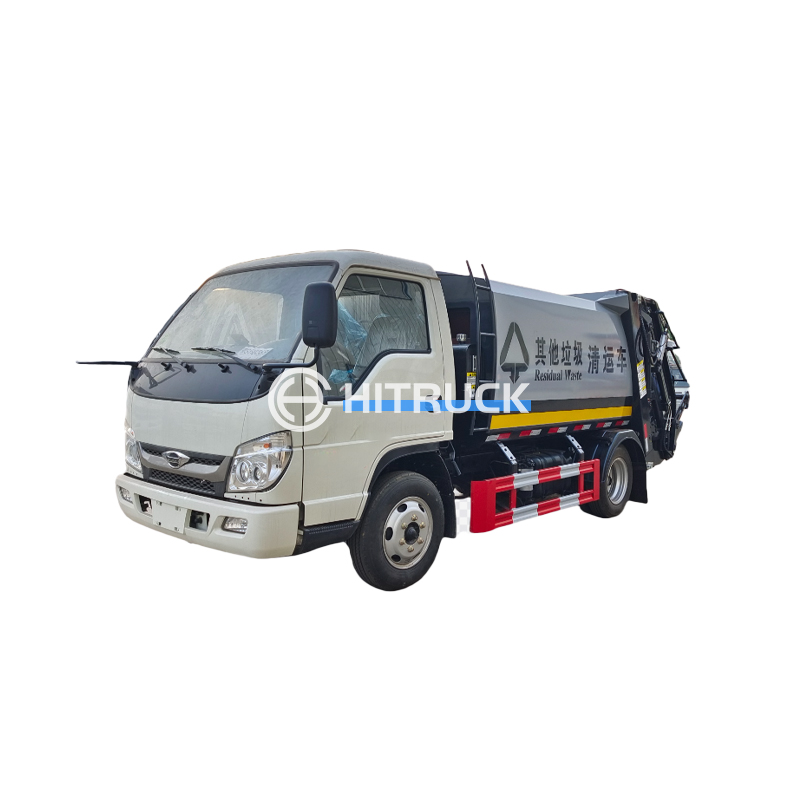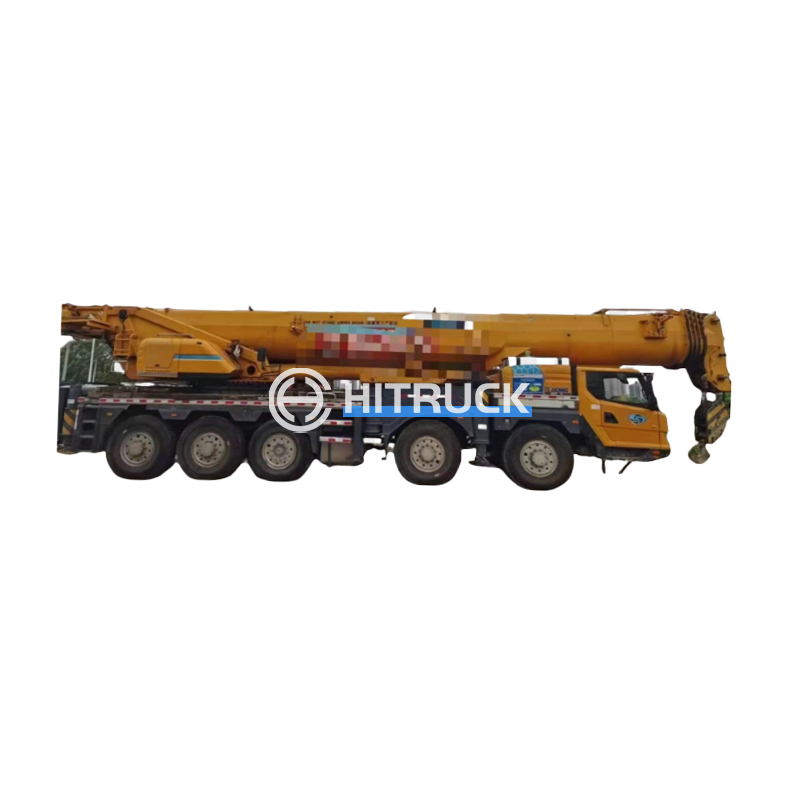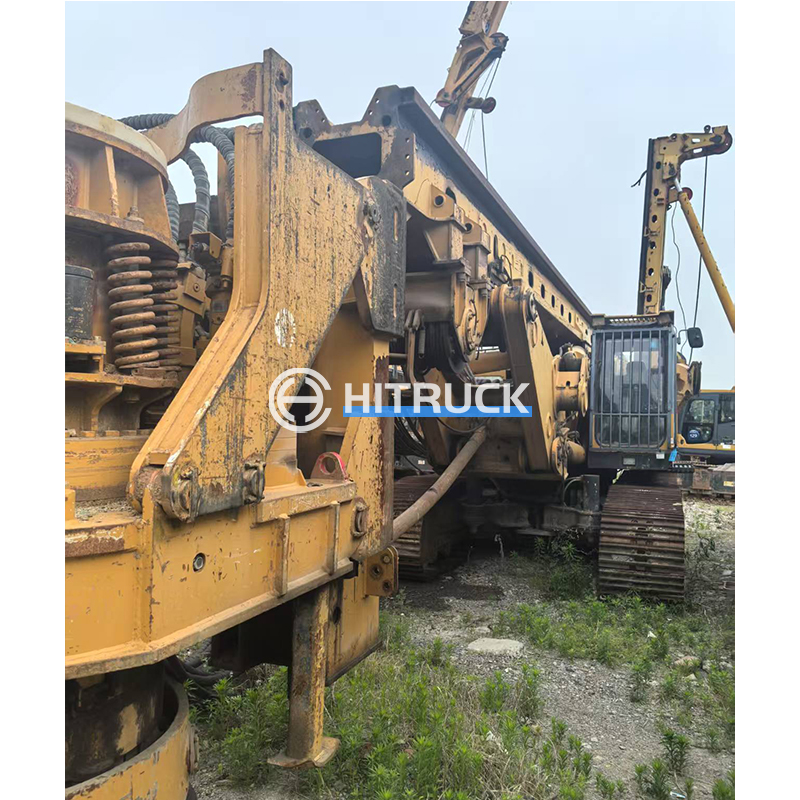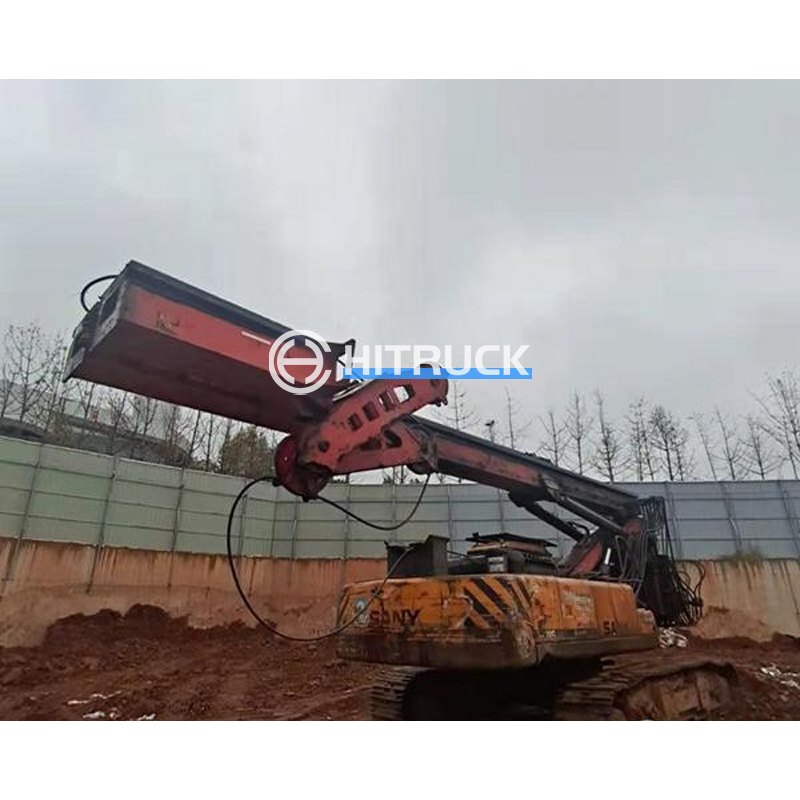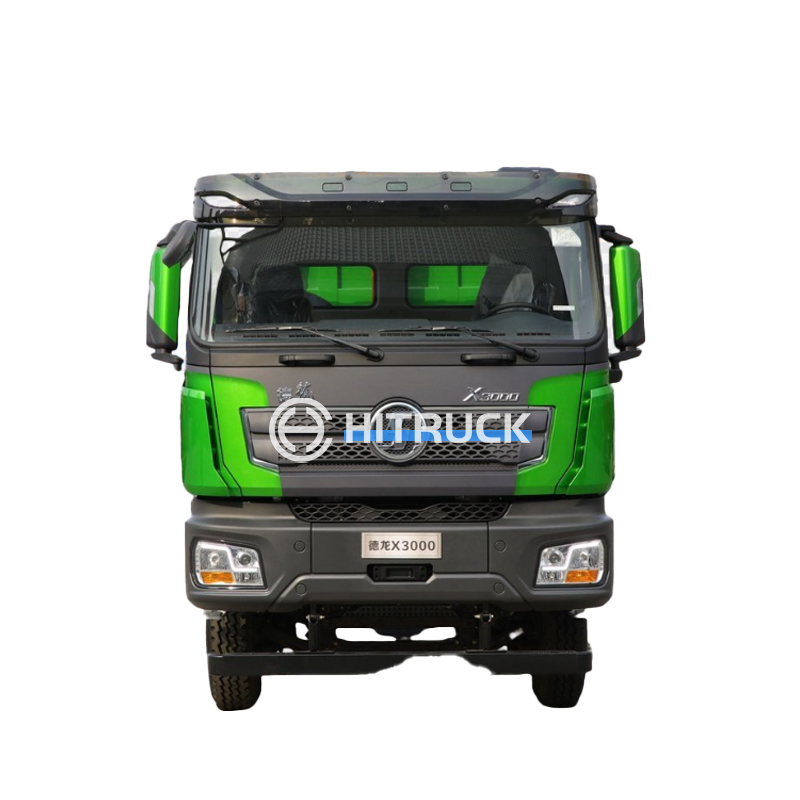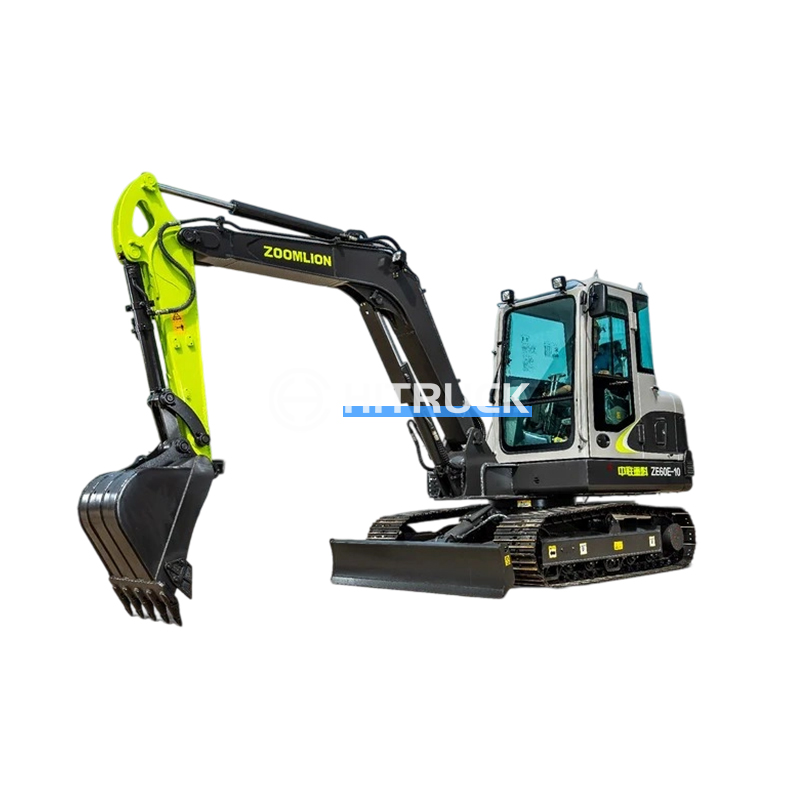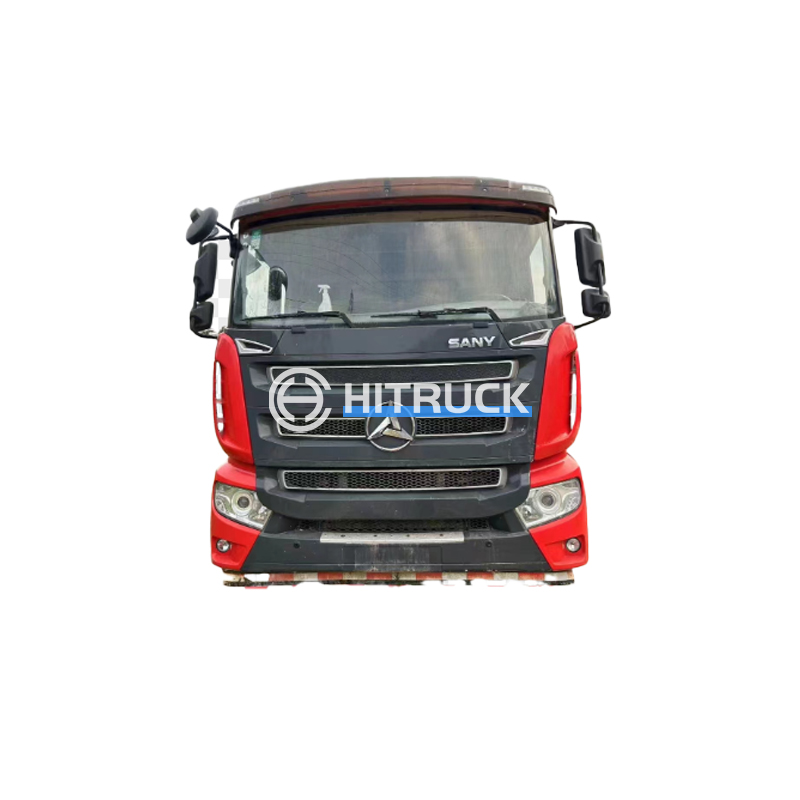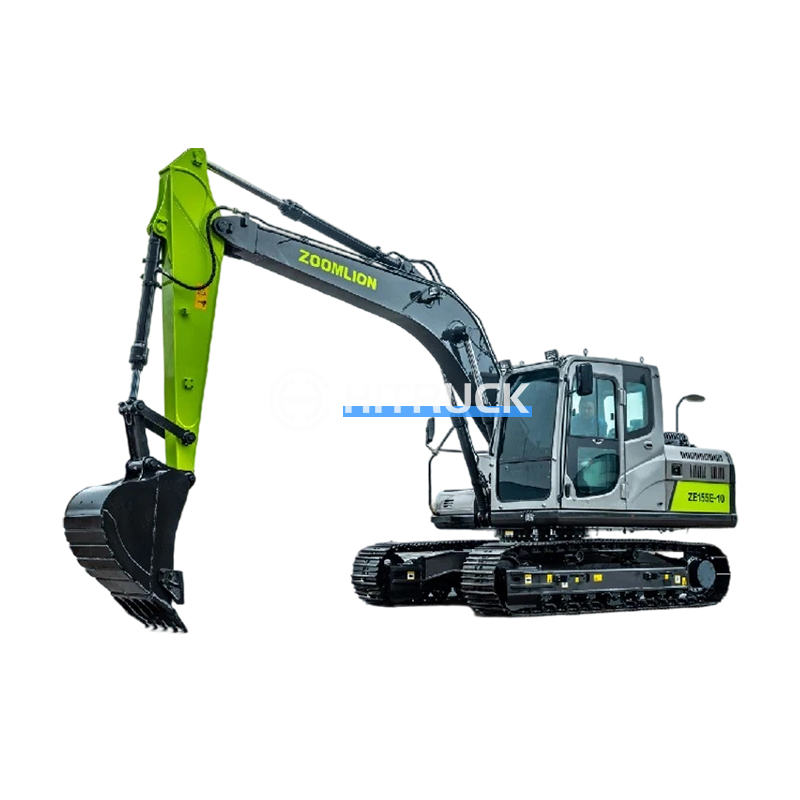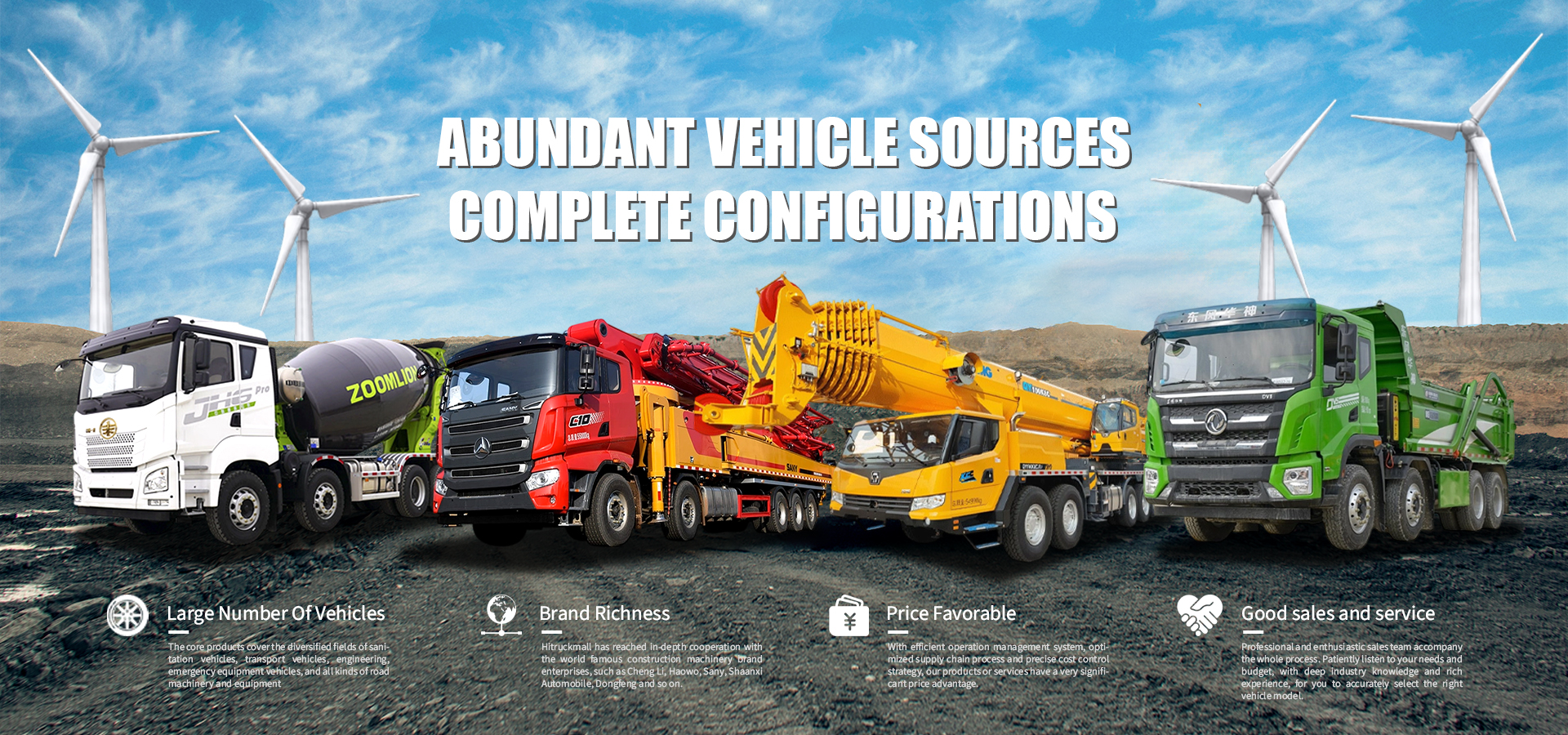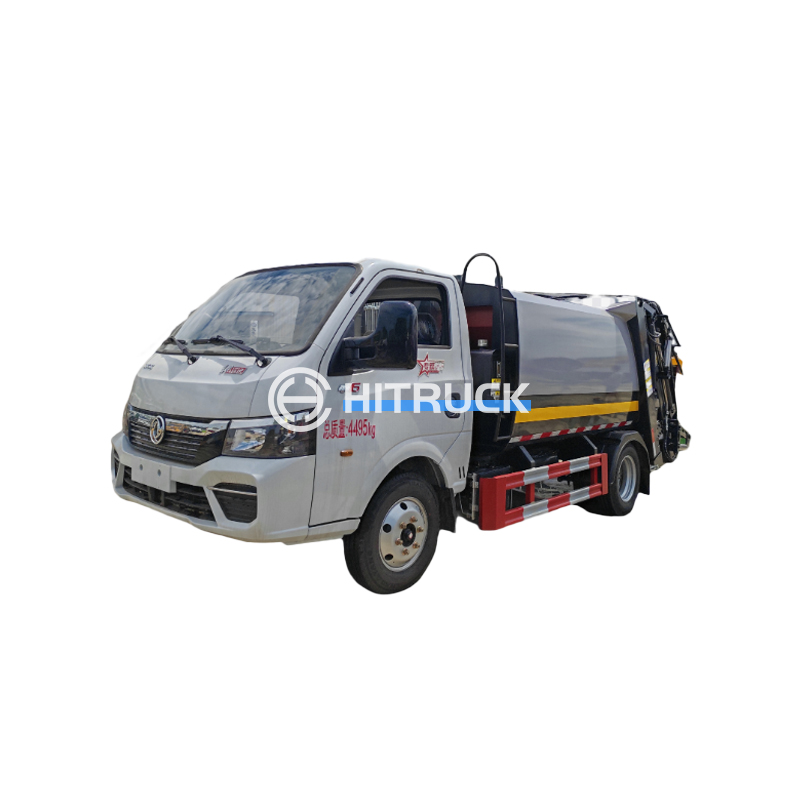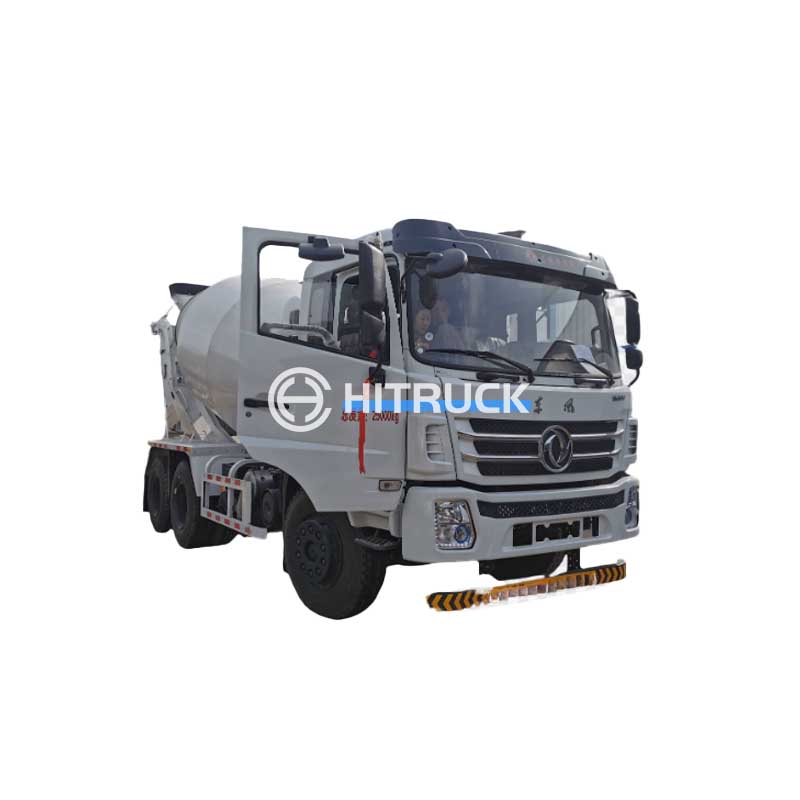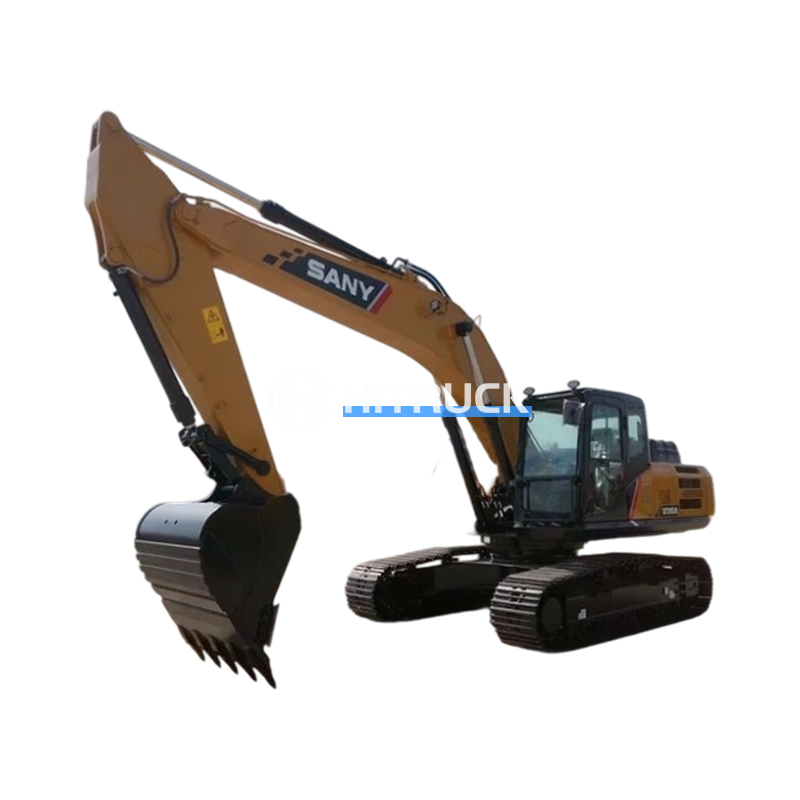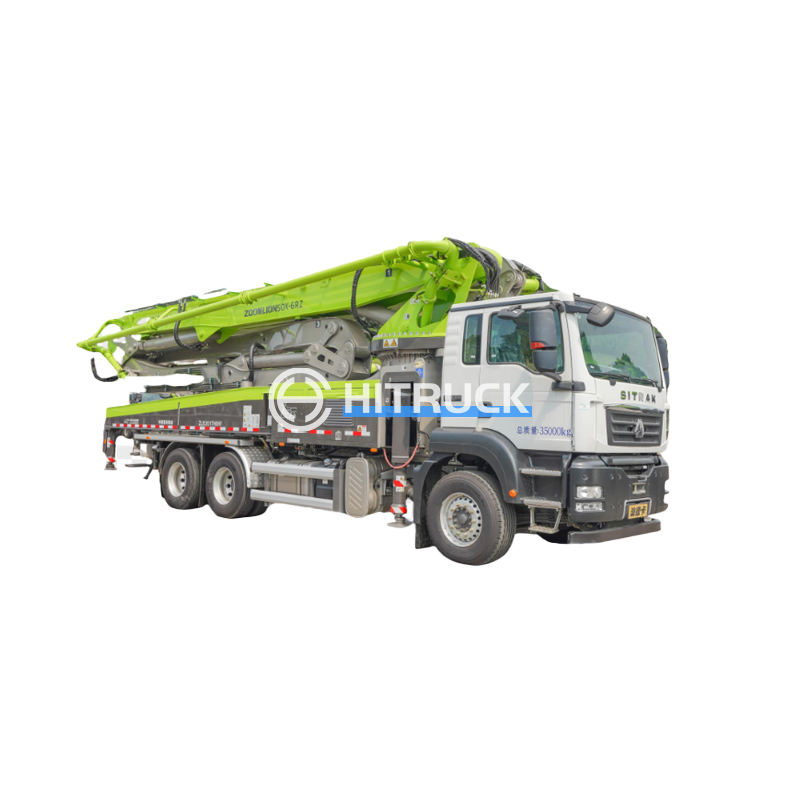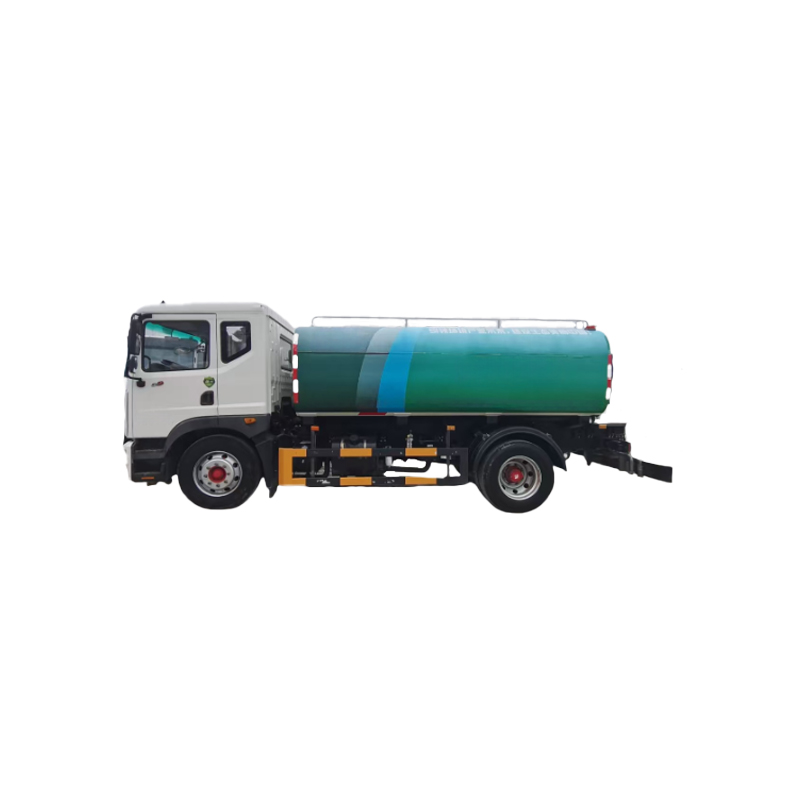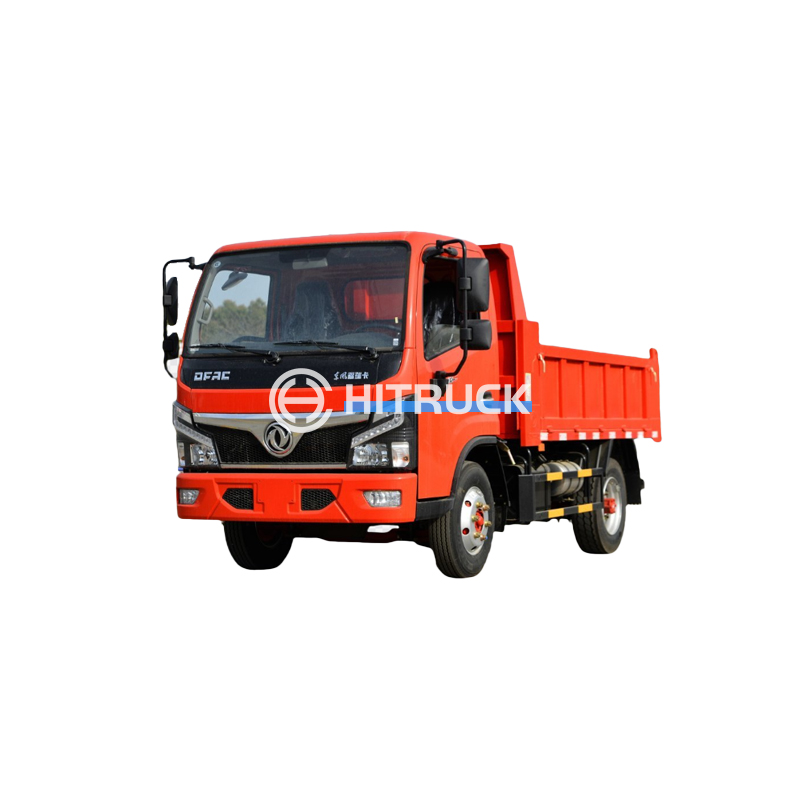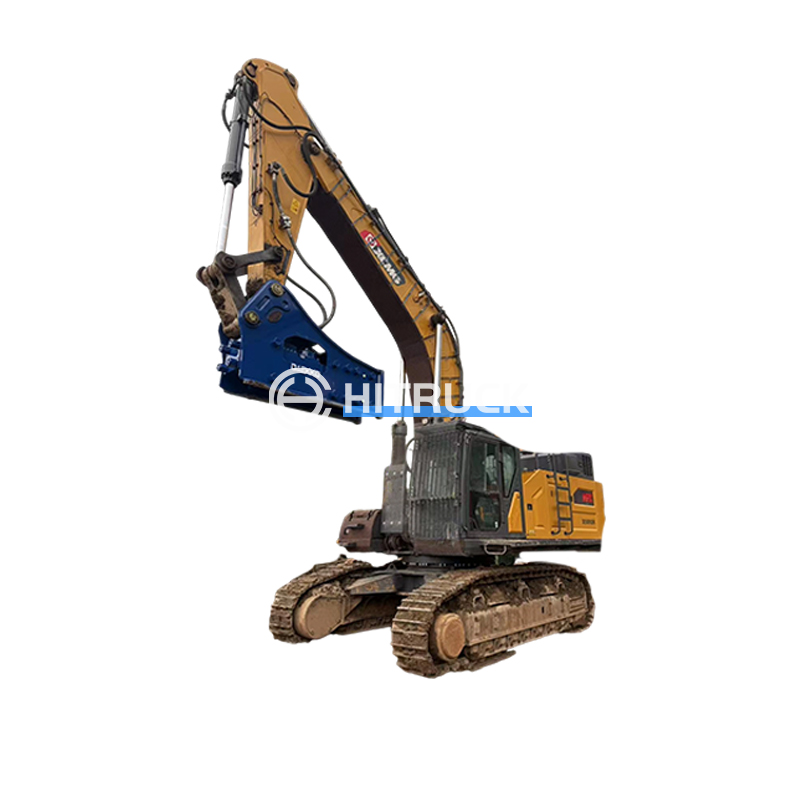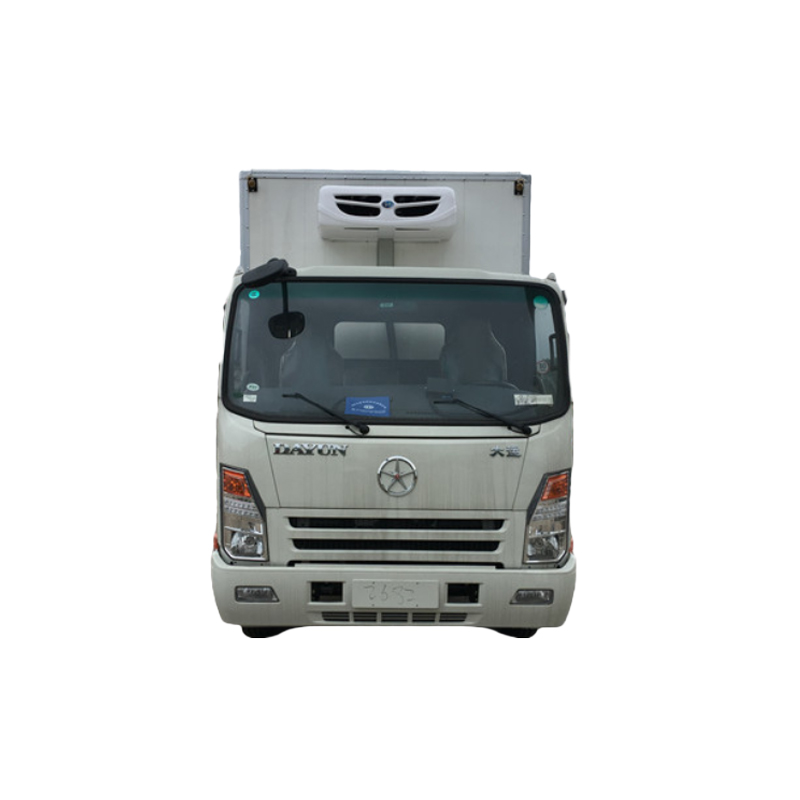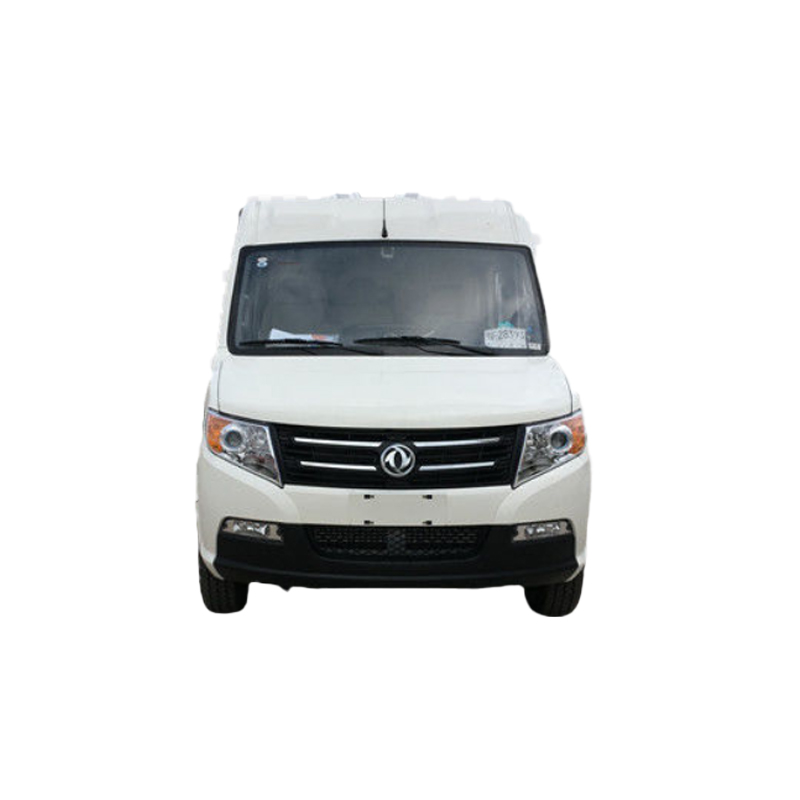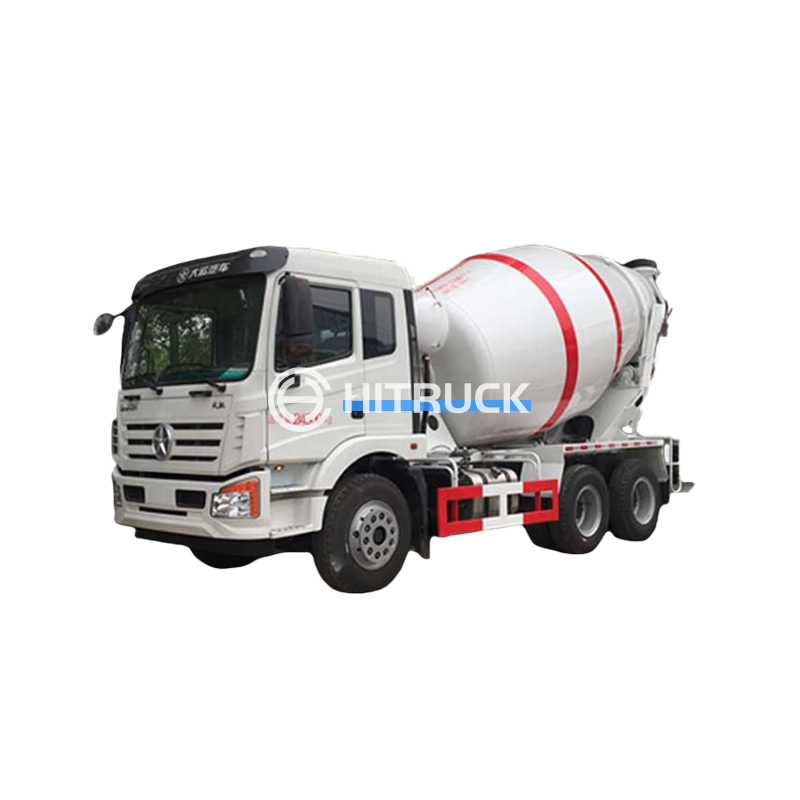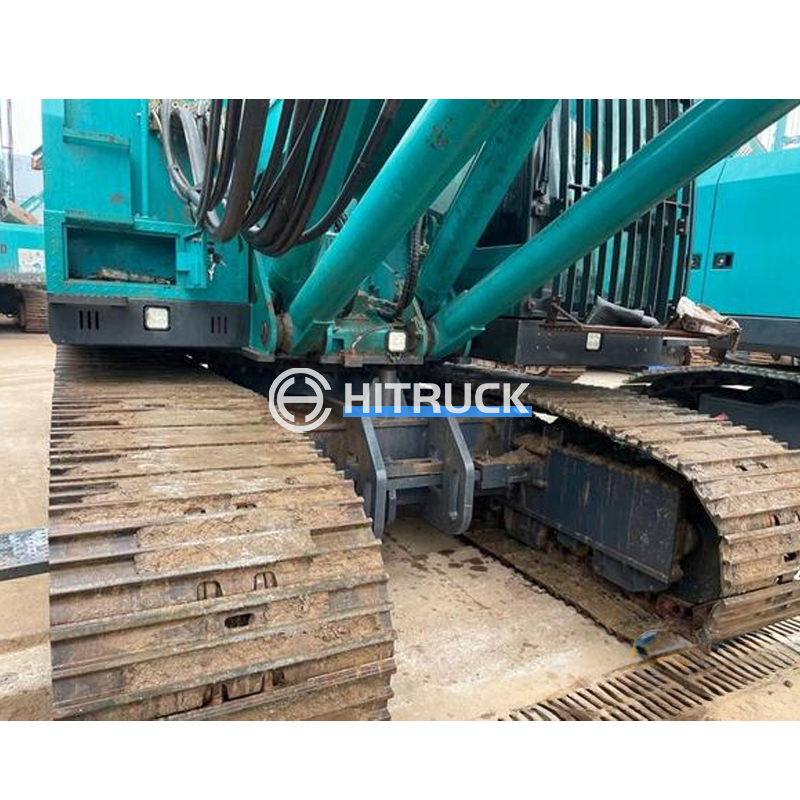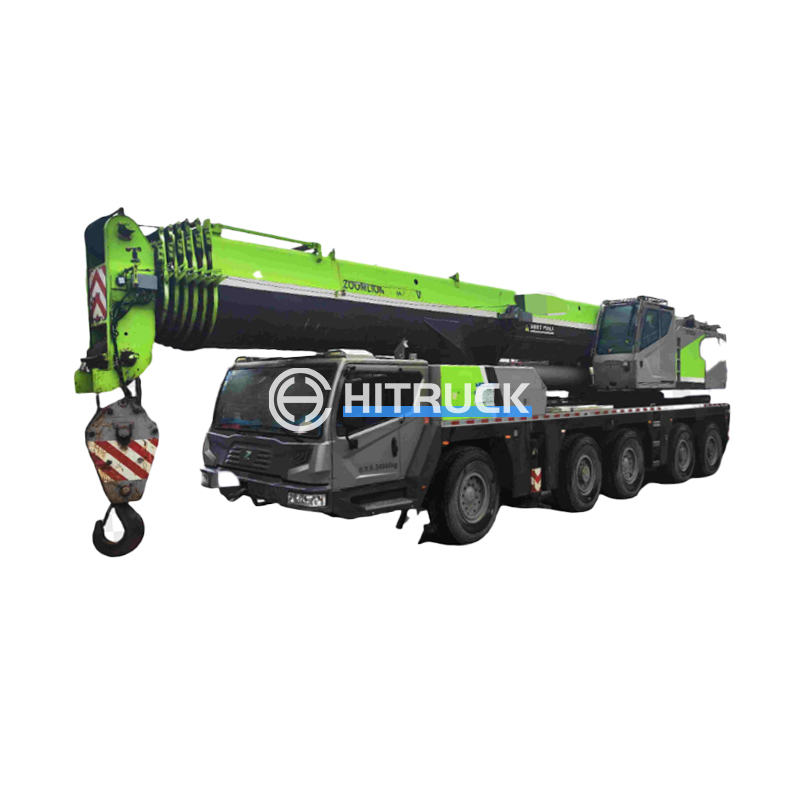Understanding and Selecting the Right Overhead Crane Block
This comprehensive guide explores the critical aspects of overhead crane blocks, helping you choose the perfect one for your specific lifting needs. We delve into different types, functionalities, safety considerations, and maintenance, providing you with the knowledge to make informed decisions. Learn about load capacity, sheave types, and the crucial role these blocks play in ensuring safe and efficient crane operations.
Types of Overhead Crane Blocks
Sheave Type: The Heart of the Block
Overhead crane blocks are primarily categorized by their sheave type. Common types include single, double, and triple sheave blocks. Single sheave blocks offer a simple, direct lift, while multiple sheave blocks provide mechanical advantage, allowing for lifting heavier loads with less effort. The choice depends on the weight you need to lift and the available headroom. Consider the impact of friction and efficiency with multiple sheaves, which may require more powerful hoisting mechanisms. You'll find that many suppliers, like those you might find at a reputable industrial equipment retailer, offer a wide range of options.
Material Selection: Strength and Durability
The material of the overhead crane block significantly impacts its durability and lifespan. Steel is the most common material due to its high strength-to-weight ratio. However, aluminum alloys are also used for lighter-duty applications where weight reduction is a priority. The selection depends heavily on the working environment and the anticipated load. Always ensure the material meets the required safety standards for your specific application. For example, a block used in a corrosive environment may require specific coatings or materials resistant to rust and deterioration.
Capacity and Safety Factors: Ensuring Safe Lifting
Always choose a overhead crane block with a load capacity exceeding the anticipated weight. A significant safety factor is essential to account for unforeseen circumstances. Consult relevant safety standards and regulations to determine the appropriate safety factor for your application. Never overload a block, as this could lead to catastrophic failure. Manufacturers typically provide load capacity information on the block itself and in their documentation.
Factors to Consider When Choosing an Overhead Crane Block
Load Capacity and Duty Cycle
The load capacity of an overhead crane block is the maximum weight it can safely lift. The duty cycle refers to how frequently and intensely the block will be used. Heavy-duty blocks are designed for continuous use and higher loads, while lighter-duty blocks are suitable for less frequent operations. Understanding your specific application requirements is crucial for choosing the appropriate load capacity and duty cycle.
| Feature | Light Duty Block | Heavy Duty Block |
| Load Capacity | Lower | Higher |
| Duty Cycle | Intermittent | Continuous |
| Material | Often lighter materials | Typically high-strength steel |
| Price | Generally lower | Generally higher |
Sheave Diameter and Number of Sheaves
The sheave diameter influences the rope life and efficiency of the block. Larger sheave diameters reduce rope wear, increasing its lifespan. The number of sheaves affects the mechanical advantage; more sheaves allow lifting heavier loads with less force but can introduce more friction. Choosing the optimal combination depends on the specific lifting requirements.
Maintenance and Inspection
Regular inspection and maintenance of your overhead crane blocks are critical for safety. This includes checking for wear and tear, lubrication, and ensuring all components are functioning correctly. Follow the manufacturer’s recommendations for maintenance schedules. Regular inspections help to identify potential problems early on, preventing accidents and ensuring the longevity of your equipment.
Where to Find Reliable Overhead Crane Blocks
Finding reliable suppliers for overhead crane blocks is crucial. Research reputable manufacturers and distributors who adhere to strict safety standards. Online resources and industry directories can be helpful. It’s always advisable to verify certifications and compliance with relevant safety regulations before making a purchase. For a wide selection and expert advice, consider exploring industrial equipment suppliers like those found at Suizhou Haicang Automobile sales Co., LTD.
Remember, the selection of the right overhead crane block is paramount for safe and efficient lifting operations. By carefully considering these factors and prioritizing safety, you can ensure the longevity and reliability of your equipment and operations.


